Getting started
- Access to shared OneDrive. Give the workshop leader your email address, so they can share the shared OneDrive with you. Make sure your machine has downloaded the OneDrive application and is synced to the shared folder. If you haven't already, sign in with your UNF email and password.
- Identify a document. Choose any document you want to transcribe in the 'Document images' and 'XML files' folders found in OneDrive. Open the image(s) and find its corresponding XML file. Note that if you double-click on this file once it's saved locally, it will launch in a browser by default. That's not what we want, but rather to edit it in VS Code.
- Using Visual Studio Code. VS Code is available in the Launchpad when you're using a Mac. Before you open your file, you want to install an extension that supports XML. To do so, follow these instructions:
- On the left-hand side, click the Extensions icon (small puzzle piece)
- Type 'XML' on the bar that says 'Search Extensions in Marketplace'
- Click install for XML and XML Tools
- Open your image(s) and file. In VS Code, you can optionally open images and XML files and view them side-by-side. First, you need to open the shared OneDrive and select your chosen document and corresponding XML Files following these instructions:
- Follow the path: File > Open Folder > OneDrive UNF > Eartha MM White Documents to Edit
- In the Explorer tab found on the left-hand side, simply toggle 'Document images' to open your image(s) and 'XML files' to open your XML file
- If you want to view them side-by-side, click on the 'Split Editor Right' icon (box with a line in the middle) found in the right-hand, and it should bring your current opened file to the right side of the screen
- Complete the TEI Header. Please type your name (or names if you're working with a group) in the section indicated here:
<respStmt>
<resp>Transcription, edition, and encoding</resp>
<name>Name of participant</name>
</respStmt>
Now, transcribe and encode your file in TEI-XML, according to the Transcription and Editorial Guidelines.
